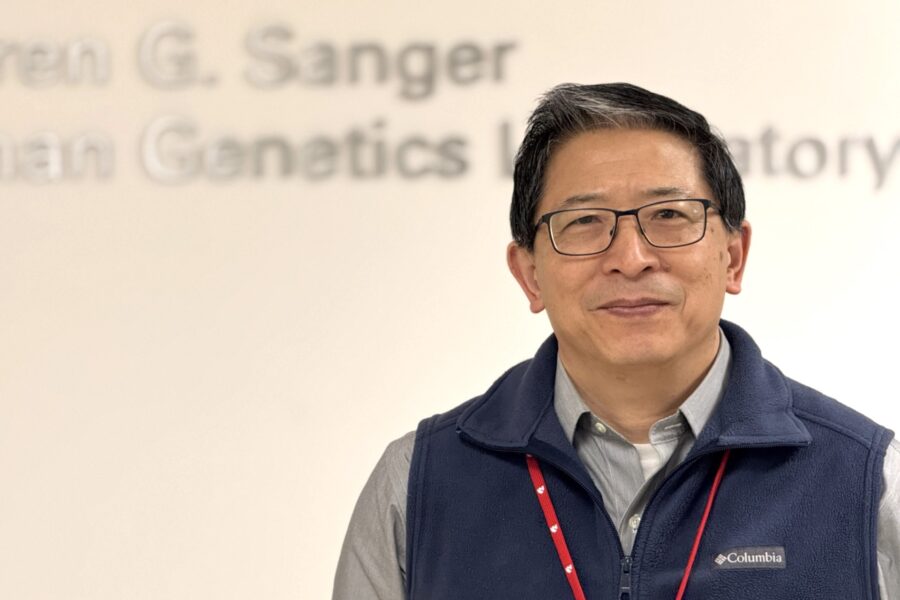Coming to Nebraska in 2023 to head the Warren G. Sanger Human Genetics Laboratory at UNMC was an easy decision for Zhenya Tang, MD, PhD.
“The excellence of this lab was already established,” he said, noting it was among the first laboratories to develop FISH (Fluorescence In-Situ Hybridization) tests for diagnosis. In addition, “this lab is one of a few labs nationwide that started the microarray for diagnostics.”
Dr. Tang, the Bhavana Janakbhai Dave Distinguished Professor in the UNMC Department of Pathology, Microbiology and Immunology, is focused on bringing the laboratory into the future, to keep it on the cutting edge.
“The field has advanced as well,” he said. “We are trying to increase automation and develop new assays.”
Since his arrival, Dr. Tang also has bolstered the lab’s expertise, bringing Changqing Xia, MD, PhD, aboard in 2024. The changes will enhance the already strong national reputation of the Human Genetics Laboratory, which was established on campus in 1974.
Diane Pickering, manager of the lab, said the laboratory processes about 9,000 tests a year.
Artificial intelligence-aided analysis will dramatically shorten turn-around time, Dr. Tang said. They also are working to greatly increase the sensitivity of their testing to detect ever-smaller structural changes in DNA.
Their work not only aids diagnosis but also helps find targeted therapeutic treatments, Dr. Tang said. Such targeted therapy is preferred over chemotherapy, which comes with more side effects and a heavier toll on the patient.
Pickering said automation is key to continuing to develop new tests and provide rapid results for excellent patient care.
When the automation is in place, lab specimens will be scanned by a machine, which will produce digital images for technologists to study from computer screens. Currently, staff members examine FISH signals under the microscope in a dark room.
Dr. Tang said the lab now manually can run five to 10 FISH tests a day. With automation, it could run up to 25 tests a day.
He said the goal is to have the new automated system installed and validated in the lab this year. The technology will free up the staff of 25 to spend less time on mundane physical tasks and more time applying their expertise.
The job requires unique experience and skills, Dr. Tang said. “Some samples are very complicated. Out of those we need to identify what’s wrong, what’s the abnormality, how many, which one is targetable. That is what the clinicians want to know.”
